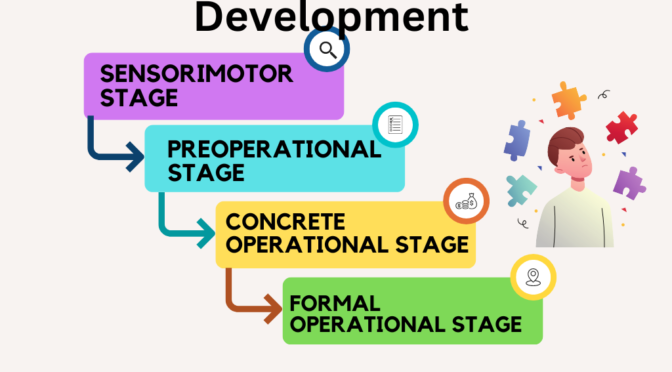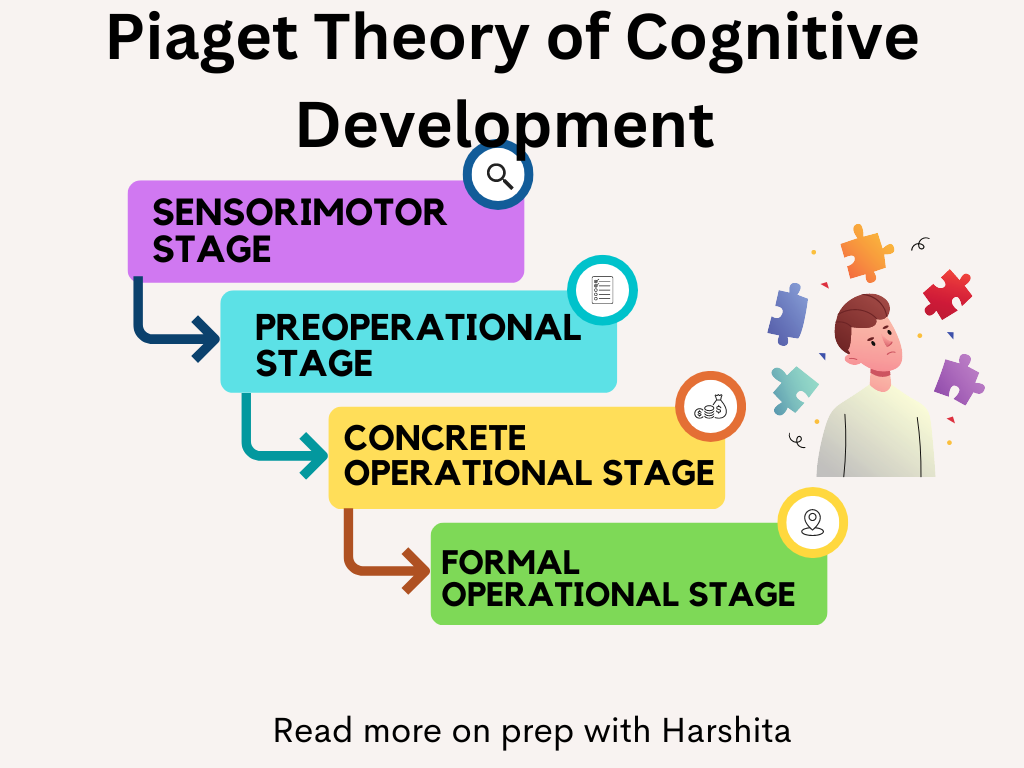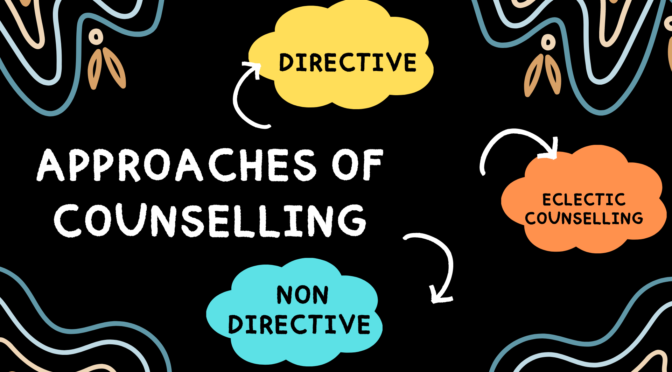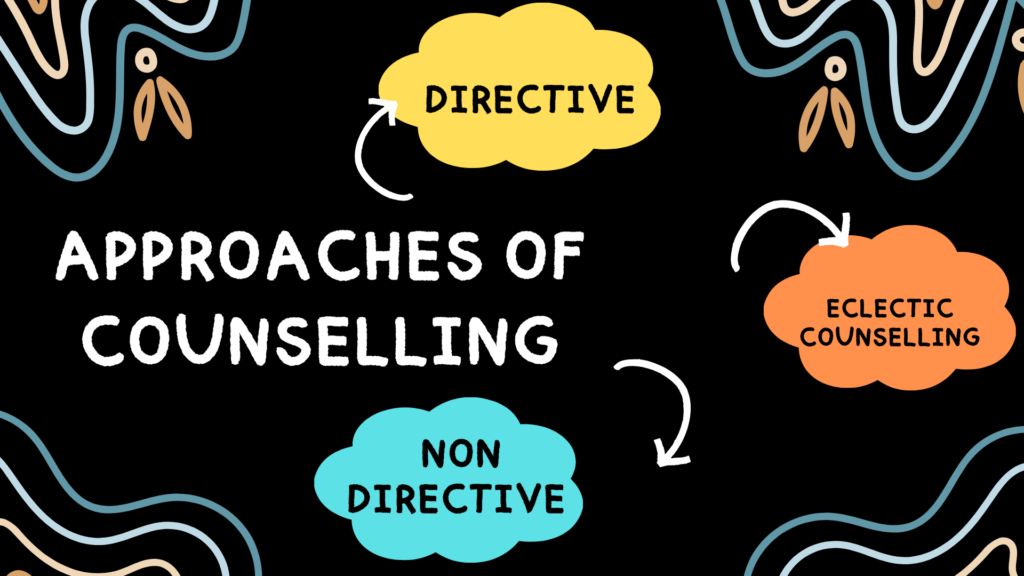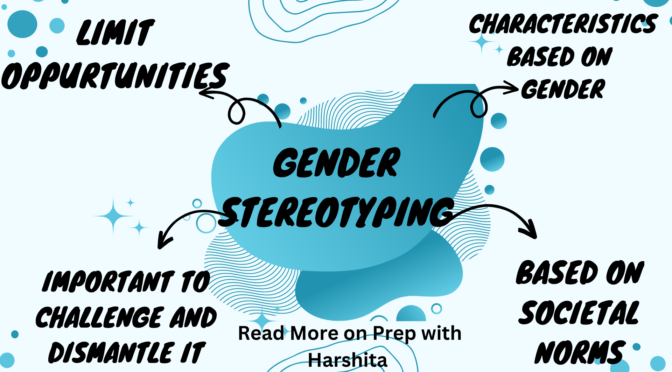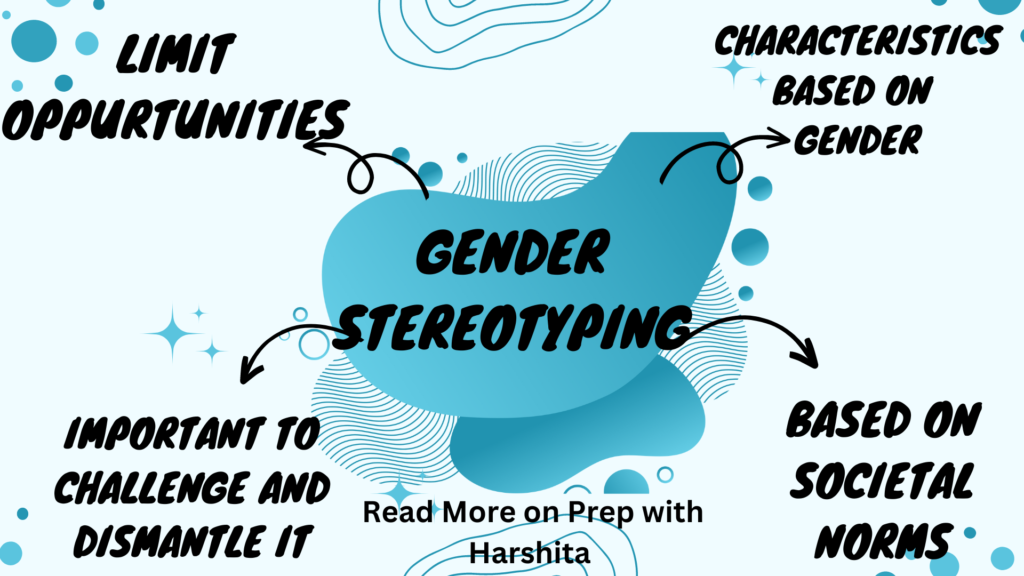Pedagogical analysis is a systematic process of examining teaching and learning practices with the goal of improving the effectiveness of educational programs. It involves gathering and analyzing data related to various aspects of the teaching and learning process, such as instructional materials, teaching methods, student performance, and assessment strategies. Importance of Pedagogical Analysis is described below:
- Improving teaching and learning: By analyzing the teaching and learning process, educators can identify areas that need improvement and develop strategies to enhance student learning. Pedagogical analysis helps teachers to understand the needs and learning styles of their students, and to design instructional methods and materials that are appropriate and effective for each individual.
- Identifying strengths and weaknesses: Pedagogical analysis helps to identify the strengths and weaknesses of different teaching and learning practices. By identifying what works well and what needs improvement, educators can make informed decisions about how to allocate resources and develop strategies for improving educational outcomes.
- Assessing learning outcomes: Pedagogical analysis helps to assess the effectiveness of educational programs by measuring student learning outcomes. By examining student performance on assessments and other measures, educators can determine the extent to which learning objectives have been met, and identify areas for improvement.
- Facilitating collaboration: Pedagogical analysis encourages collaboration among educators and other stakeholders in the education process. By sharing data and insights, educators can work together to develop and implement strategies for improving educational outcomes.
- Enhancing accountability: Pedagogical analysis helps to enhance accountability by providing evidence-based information about the effectiveness of educational programs. This information can be used to make informed decisions about resource allocation, program evaluation, and other aspects of educational policy and practice.
Overall, pedagogical analysis is an important tool for improving the effectiveness of teaching and learning practices. By analyzing the teaching and learning process, educators can identify areas for improvement, assess learning outcomes, facilitate collaboration, and enhance accountability. This can lead to improved educational outcomes for students, and a more effective and efficient education system.
Also Read : Micro and Mega Lessons

Also Visit : Prep with Harshita


